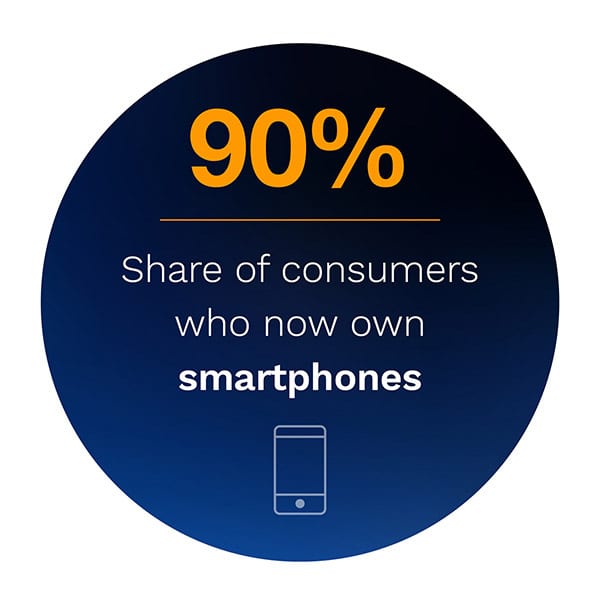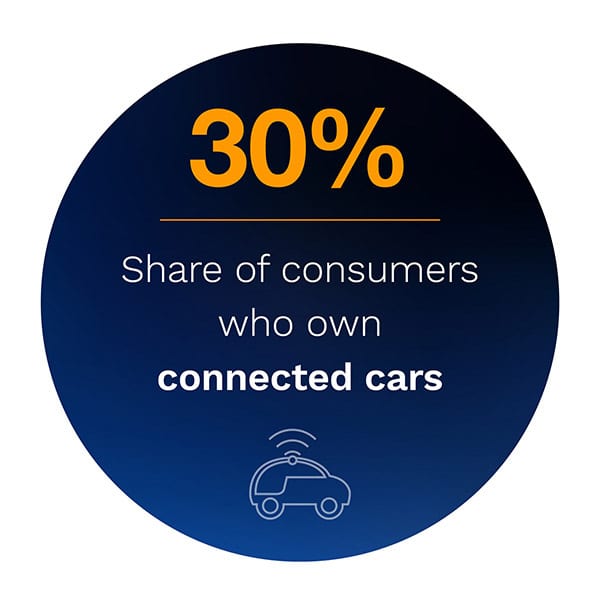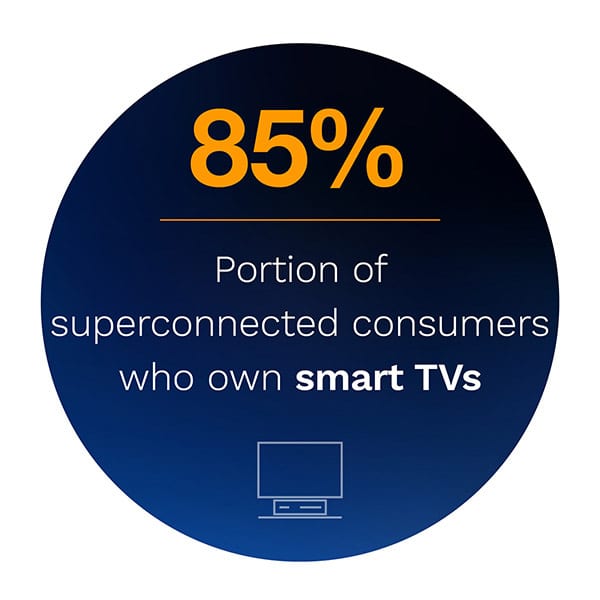 This new, home-centric lifestyle has gone hand in hand with a broader shift in the types of connected devices consumers need to conduct transactions. But how has their increasing reliance on these devices changed which devices they use and how they use them?
This new, home-centric lifestyle has gone hand in hand with a broader shift in the types of connected devices consumers need to conduct transactions. But how has their increasing reliance on these devices changed which devices they use and how they use them?
In the How We Will Pay: Connected Devices research brief, a PYMNTS and Visa collaboration, we explore how the types of connected devices that consumers own are shifting as their lives continue to revolve around home.
Consumers who are spending more time at home and becoming less mobile are doing away with many of the connected devices they once used to support their on-the-go lifestyles, with eReaders and activity trackers being two prominent examples. Devices such as these, which are designed to accommodate a single function, have become less common. Our research shows that just 20 percent of consumers own eReaders in 2020, for example, down from 23 percent in 2019 and 26 percent in 2018. 
More consumers are instead turning to connected devices like smartphones, laptops and voice assistants to perform multiple functions at any given time. Thirty-three percent of consumers now own voice assistants, in fact, up from 31 percent in 2019 and 27 percent in 2018. This shift underscores consumers’ increasing preference for multifunctional devices over those designed for specific use cases.
However, some device ownership traits never change. Two groups of connected consumers continue to own more devices than all the rest: superconnected consumers and bridge millennials. Superconnected consumers — those who own at least eight connected devices — are more likely than all other consumers to own most types of connected devices we examined, with  smart TVs being one of the few exceptions. Smart TVs are the most likely device to be owned by bridge millennials, an age group that consists of older millennials and younger Generation X consumers who “bridge the gap” between the generations.
smart TVs being one of the few exceptions. Smart TVs are the most likely device to be owned by bridge millennials, an age group that consists of older millennials and younger Generation X consumers who “bridge the gap” between the generations.
These are only a few key takeaways from the latest in PYMNTS How We Will Pay brief installment. The How We Will Pay: Connected Devices research brief details how devices of every type are growing more or less common in the wake of consumers’ increasingly digital-first lifestyles.
To find out more about how consumers’ connected device collections have changed in the past year, download the brief.




